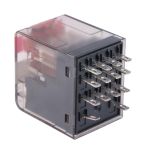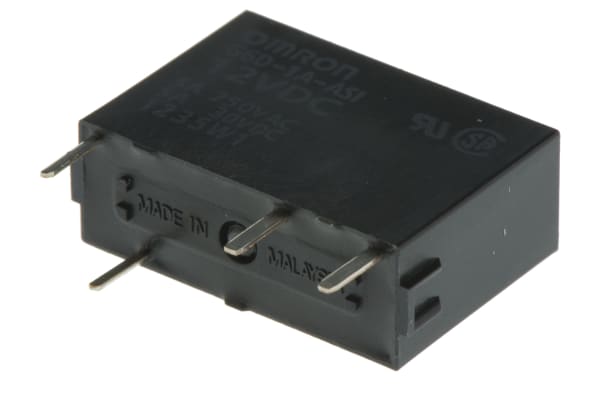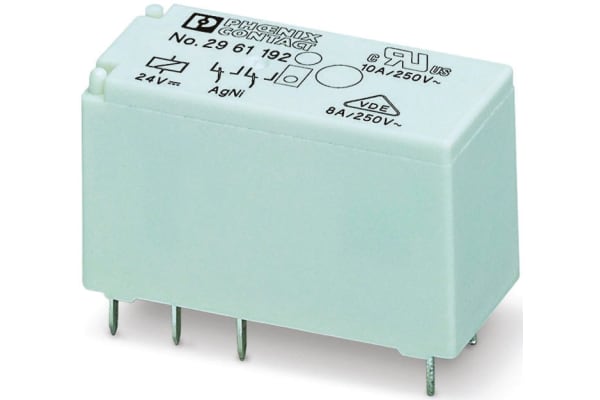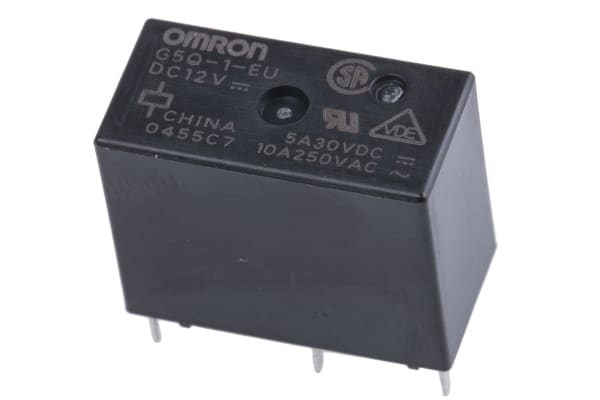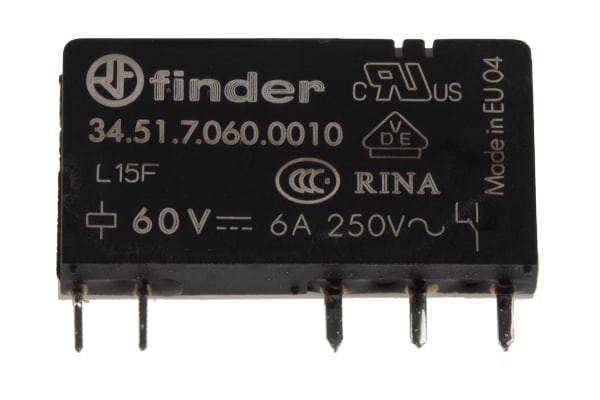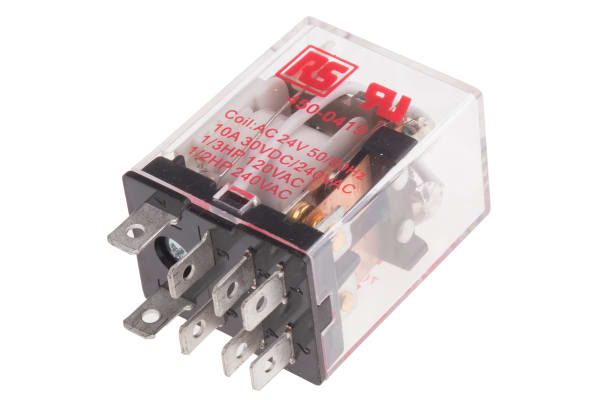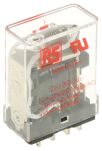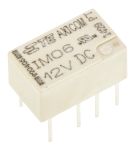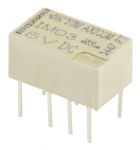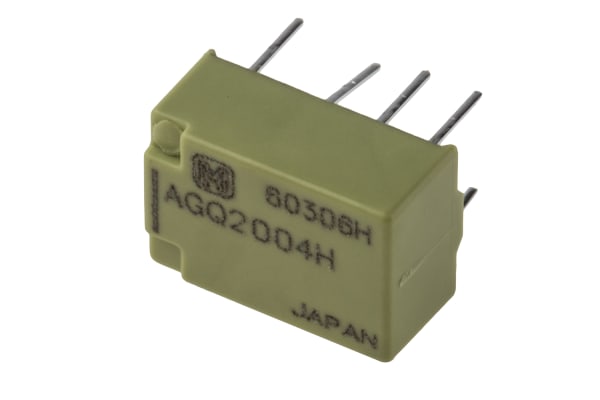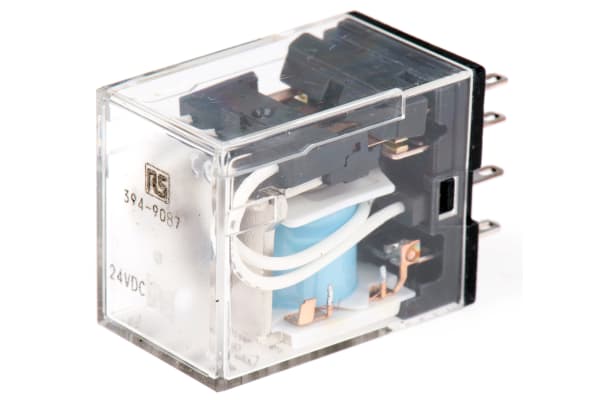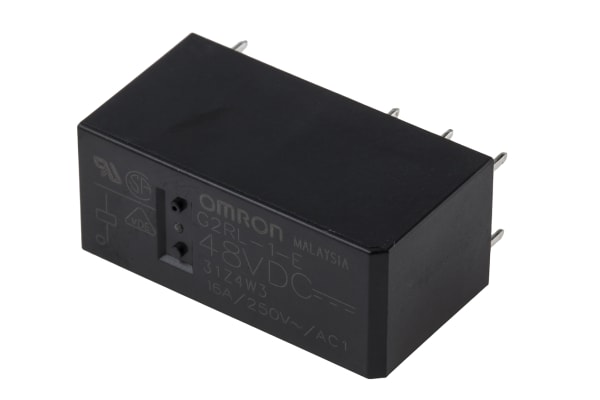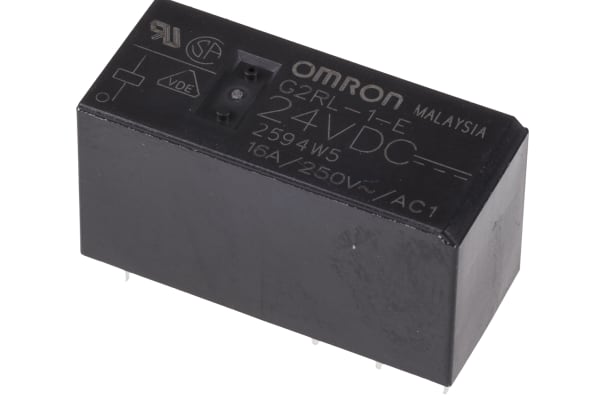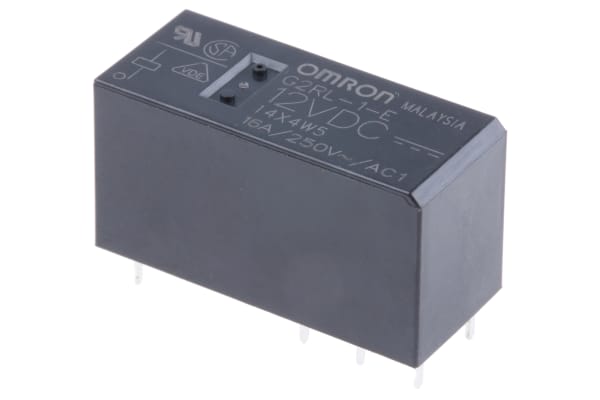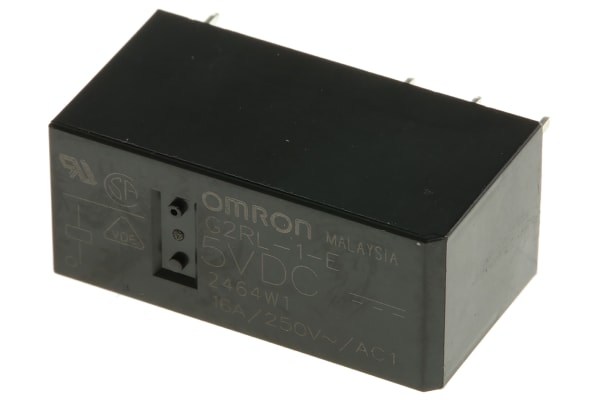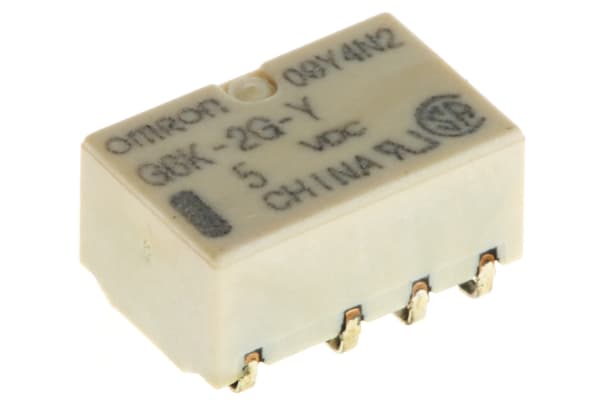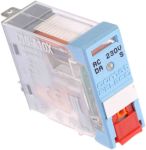Non-Latching Relays
Relays are electrical switches that are operated by electrical impulses with the primary function to open and close a circuit, they can also be referred to as industrial switches. There are 2 main types available, latching and non–latching relays.How do non-latching relays work?Non-latching relays are in a normally closed (NC) position and will stay in this state without power. When power passes through the circuit, the relay switched to a normally open (NO) position by using an internal coil to generate a magnetic force, holding this NO position. Once the current is turned off, it returns to the NC position. This makes non-latching relays well suited to push-button applications like keyboards and micro-controller input buttons.What are non-latching relays used for?Non-latching relays are highly durable and versatile components, making their performance long lasting and suitable for use in a wide range of applications, such as:Automotive enginesHousehold appliancesIndustrial machineryMedical equipmentTelecommunications equipmentWhat is the difference between latching and non-latching relays?Both types of relays in similar in design and function, however, a significant difference between them is that a latching relay will remain in the last position it when it was last powered, whereas a non-latching goes back to its normal position. This makes each more type of relay suitable for different applications. Considerations when selecting a relayWhen choosing a relay, it is important to consider a number of specifications to ensure it is fit for purpose, some factors include:Coil voltage – the required voltage to actuate the switching mechanism. If a voltage is too high this could damage the components, if it is too low then it will not actuate. Contact configuration – This is the state the contacts are in without power. For example SPST, single pole single throw.Contact material – the relay contacts are available in many materials that have certain properties. Common materials are gold, silver, tin oxide and nickel Coil power – the amount of power (watts) the coil operates at. This must match the power in the circuit for correct function. Coil resistance – the amount of resistance (ohms) in the circuit that the coil creates.
-
-28.50%
TE Connectivity, 230V ac Coil Non-Latching Relay 4PDT, 6A Switching Current PCB Mount, 4 Pole, PT570T30 8-1415001-1
IDR194,675.84IDR141,706.39 -
Omron, 12V dc Coil Non-Latching Relay SPNO, 5A Switching Current PCB Mount Single Pole, G6D-1A-ASI DC12
IDR116,323.01 -
Finder, 230V ac Coil Non-Latching Relay SPDT, 16A Switching Current PCB Mount Single Pole, 40.61.8.230.0000
IDR222,576.58 -
Finder, 110V ac Coil Non-Latching Relay SPDT, 16A Switching Current PCB Mount Single Pole, 40.61.8.110.0000
IDR148,314.46 -
Omron, 24V dc Coil Non-Latching Relay SPNO, 15A Switching Current PCB Mount Single Pole, G5CA-1A-E DC24
IDR58,423.73 -
Phoenix Contact, 12V dc Coil Non-Latching Relay SPDT, 50mA Switching Current PCB Mount Single Pole, 2961532
IDR155,446.98 -
Phoenix Contact, 24V dc Coil Non-Latching Relay SPDT, 50mA Switching Current PCB Mount Single Pole, 2961545
IDR113,595.87 -
TE Connectivity, 230V ac Coil Non-Latching Relay DPDT, 12A Switching Current DIN Rail, 2 Pole, PT2S7TD0 6-1415074-1
IDR462,774.68 -
Omron, 12V dc Coil Non-Latching Relay SPDT, 10A Switching Current PCB Mount Single Pole, G5Q-1-EU 12DC
IDR26,327.39 -
Finder, 60V dc Coil Non-Latching Relay SPDT, 6A Switching Current PCB Mount Single Pole, 34.51.7.060.0010
IDR149,048.69 -
RS PRO, 24V ac Coil Non-Latching Relay DPDT, 10A Switching Current Plug In, 2 Pole
IDR136,357.00 -
RS PRO, 24V dc Coil Non-Latching Relay SPDT, 15A Switching Current PCB Mount Single Pole
IDR105,519.34 -
TE Connectivity, 12V dc Coil Non-Latching Relay DPDT, 2A Switching Current PCB Mount, 2 Pole, IM06TS
IDR64,717.13 -
TE Connectivity, 5V dc Coil Non-Latching Relay DPDT, 2A Switching Current PCB Mount, 2 Pole, IM03TS 1-1462037-8
IDR72,688.77 -
Panasonic DPDT Non-Latching Relay PCB Mount, 4.5V dc Coil
IDR38,284.85 -
RS PRO, 24V dc Coil Non-Latching Relay 4PDT, 5A Switching Current Plug In, 4 Pole
IDR195,829.63 -
Omron, 48V dc Coil Non-Latching Relay SPDT, 16A Switching Current PCB Mount Single Pole, G2RL-1-E 48DC
IDR60,521.53 -
Omron, 24V dc Coil Non-Latching Relay SPDT, 16A Switching Current PCB Mount Single Pole, G2RL-1-E 24DC
IDR49,822.75 -
Omron, 12V dc Coil Non-Latching Relay SPDT, 16A Switching Current PCB Mount Single Pole, G2RL-1-E 12DC
IDR54,542.80 -
Omron, 5V dc Coil Non-Latching Relay SPDT, 16A Switching Current PCB Mount Single Pole, G2RL-1-E 5DC
IDR41,641.33 -
Omron, 24V dc Coil Non-Latching Relay SPDT, 12A Switching Current PCB Mount Single Pole, G2RL-1 24DC
IDR34,089.25 -
Omron, 5V dc Coil Non-Latching Relay DPDT, 1A Switching Current PCB Mount, 2 Pole, G6K-2G-Y 5DC
IDR70,066.52 -
Omron, 24V dc Coil Non-Latching Relay DPDT, 8A Switching Current PCB Mount, 2 Pole, G2RL-2 24DC
IDR60,101.97 -
Releco, 230V ac Coil Non-Latching Relay SPDT, 10A Switching Current PCB Mount Single Pole, C10-A10X / AC 230 V
IDR262,225.00



